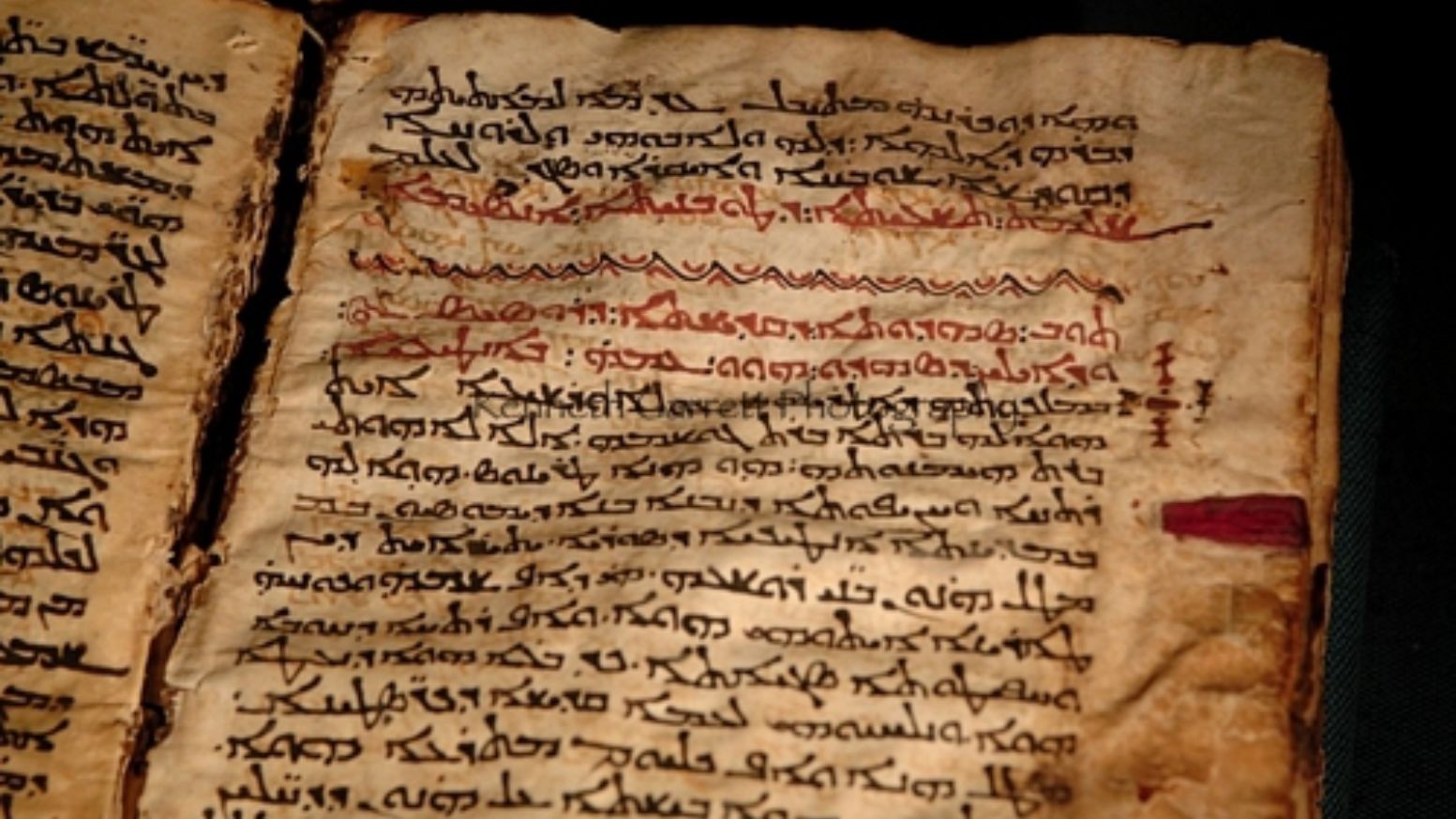In my last blog, we looked at the question, “What is the Gospel of Peter?” and noted its history of discovery and its similarities with the four canonical Gospels (Matthew, Mark, Luke, and John). In light of these similarities, scholars such as John Dominic Crossan believe the Gospel of Peter was written early and was used by the authors of Matthew, Mark, Luke, and John. If Crossan is correct, there seems to be no reason why the Gospel of Peter should have been left out of the New Testament Canon. We noted, however, that there are two main objections to including the Gospel of Peter in the New Testament canon: 1) it includes historical inaccuracies, and, 2) it contains legendary embellishments. Let’s take a look at both of these objections.
Objections to the Gospel of Peter
- Historical Inaccuracies
A major historical inaccuracy in the Gospel of Peter is found in the following passage:
But Pilate gave over to them Petronius the centurion with soldiers to safeguard the sepulcher. And with these the elders and scribes came to the burial place. And having rolled a large stone, all who were there, together with the centurion and the soldiers, placed it against the door of the burial place. And they marked it with seven wax seals; and having pitched a tent there, they safeguarded it[1]
In this passage, the Gospel of Peter describes Jewish elders and scribes camping out in the cemetery as part of the guard keeping watch over the tomb of Jesus. This seems historically inaccurate though because such a practice goes against Jewish traditions and customs in the first century concerning cemeteries and dead bodies. Numbers 19:11 states that Jews could not touch a dead body or they would become spiritually unclean. To keep this law, Jews would often avoid a person that was seriously ill or injured just in case they died. Jesus alludes to this customary practice in the parable of the good Samaritan. In that story, the Levite and the Priest pass the beaten person on the other side of the road out of concern for their ritual purity. New Testament scholar, Dr. Craig Evans puts this historical blunder into perspective saying,
Given Jewish views of corpse impurity, not to mention the fear of cemeteries at night, the author of our fragment is unbelievably ignorant. Who could write such a story only twenty years after the death of Jesus? And if someone did at such an early time, can we really believe that the evangelist Matthew, who was surely Jewish, would make use of such a poorly informed writing? [2]
Due to this historical inaccuracy, it is most likely that the author is far removed in time from the events surrounding Jesus’ death and burial. It is reasonable, therefore, to conclude that this book is inauthentic and should not be in the canon.
- Legendary Embellishment
The Gospel of Peter contains pervasive embellishment throughout. Consider the following example:
When therefore those soldiers saw it, they awakened the centurion and the elders; for they too were hard by keeping guard. And as they declared what things they had seen, again they see three men come forth from the tomb, and two of them supporting one, and a cross following them: and of the two the head reached unto the heaven, but the head of him who was led by them overpassed the heavens. And they heard a voice from the heavens, saying, Thou hast preached to them that sleep. And a response was heard from the cross, Yea.
Notice that the Gospel of Peter describes angels’ heads which reach up to heaven, a talking cross, and Jesus’ head stretching past the heavens.[3]
In considering what should be taken as most likely to be historical, historians often seek the most primitive account. In seeking to identify the most primitive account, historians look for the accounts which contain restraint regarding embellishment. The reason for this is that embellishments tend to accrue to stories in the course of time. So, if there is an account not containing such embellishments, it is thought to have been written earlier. In this case, when we compare Peter to Matthew, Mark, Luke, and John, it is easy to see that the canonical Gospels do not include talking crosses, giant angels’ heads, or large crowds assembling at the tomb. Instead, we see frightened women, angels in the form of humans and no “pomp and circumstance” at the tomb before or after the resurrection. This tends to suggest that the Gospel of Peter was, in fact, written later rather than earlier.
Conclusion
While Crossan and others may think that the Gospel of Peter is earlier than the Synoptic Gospels, in light of the evidence, it seems more prudent to conclude that it is a later apocryphal writing.[4] For this reason, the Gospel of Peter has been and should be excluded from the New Testament canon.
Footnotes
Photo Credit: Remnant of Giants.
[1] http://sacred-texts.com/bib/lbob/lbob30.htm, paragraph 8.
[2] Craig Evans. Fabricating Jesus, pg. 83.
[3] Ibid.
[4] Evans, 84.
